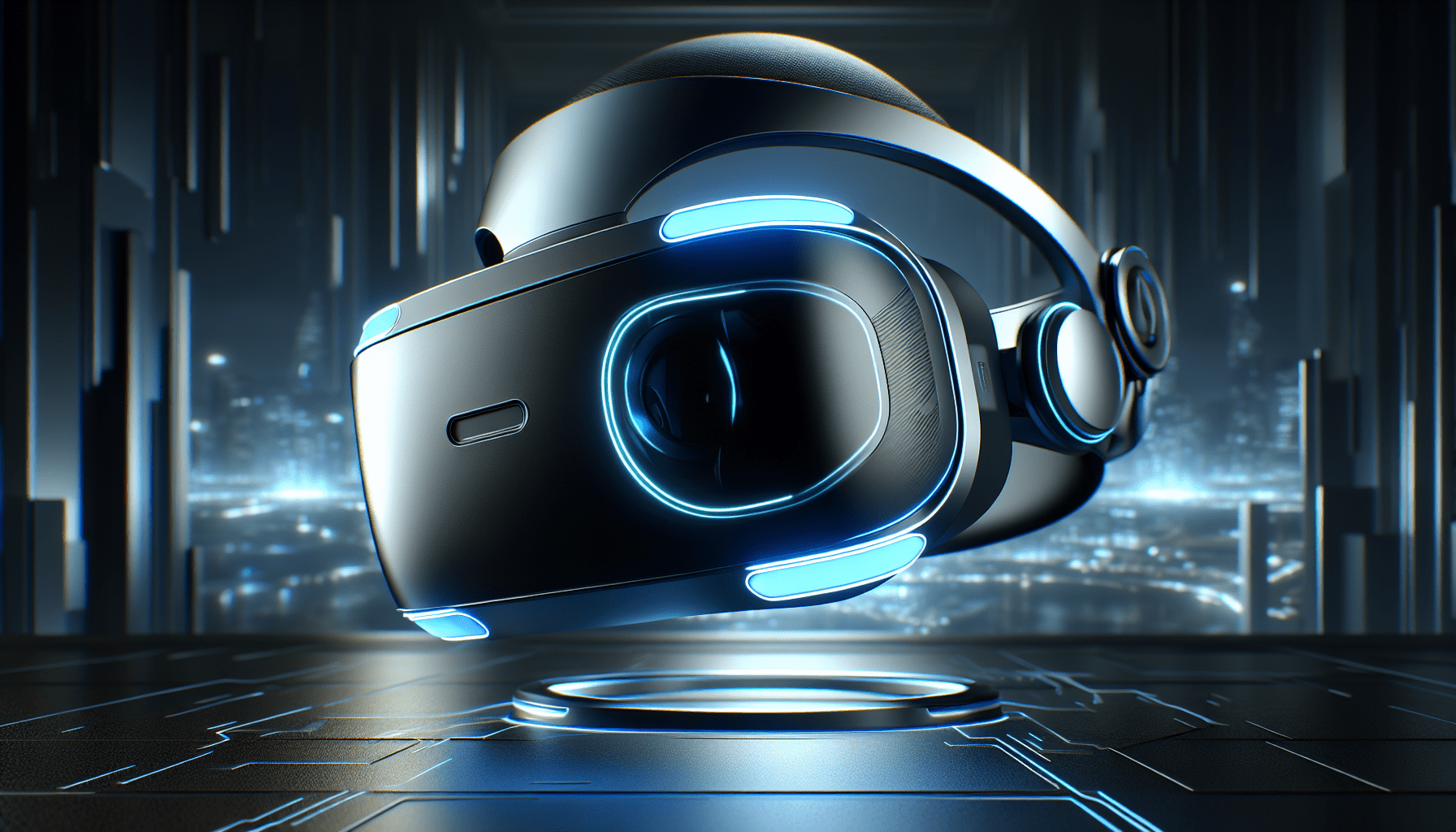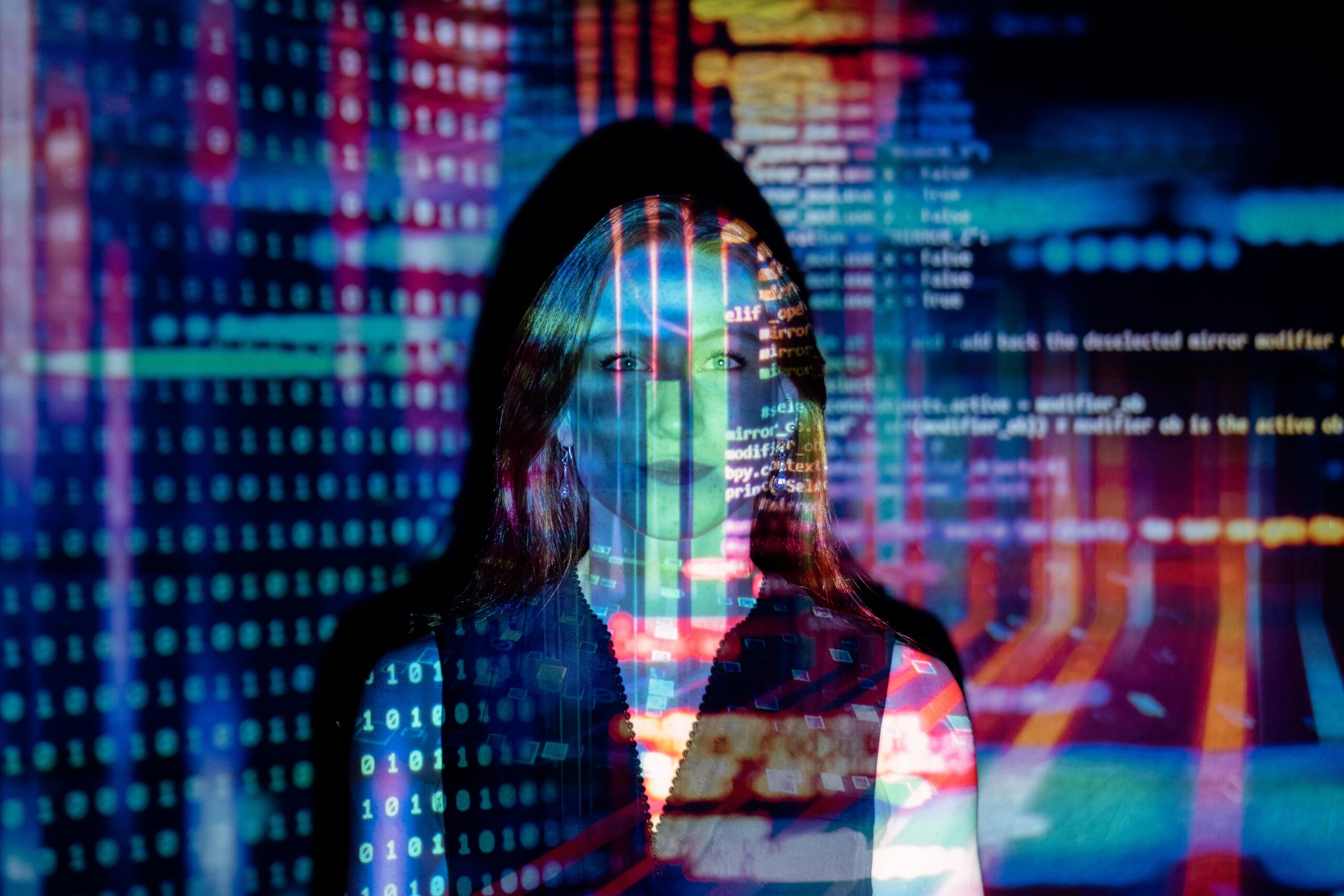How Virtual Reality Works” takes you on an immersive journey into the fascinating world of VR technology. As you delve into this article, you’ll discover the practical uses of virtual reality that are reshaping industries, from gaming and entertainment to healthcare and education. By the end, you’ll have a thorough understanding of how VR operates, its components, and the groundbreaking ways it’s applied in our everyday lives. Prepare to be amazed by the limitless possibilities of virtual experiences! Have you ever wondered how virtual reality (VR) works and what makes it so immersive? If you’re curious, you’re in the right place! In this detailed guide, we’ll explore the intricacies of VR technology, from the basics to its practical uses.

$30 off $400+ Anycubic Products with code AC30OFF
What is Virtual Reality?
Virtual Reality is a simulated experience that can mimic or differ drastically from the real world. It’s designed to give you an immersive experience by placing you in a computer-generated environment. Unlike traditional user interfaces, VR immerses you in a way that other mediums can’t, providing a uniquely engaging experience.
Components of Virtual Reality System
To create a seamless virtual environment, VR systems require a combination of hardware and software components. Here’s a closer look at each element involved:
-
Hardware:
- Headsets: Devices like the Oculus Rift, HTC Vive, and PlayStation VR are essential. These headsets contain screens and lenses that provide the immersive visuals.
- Controllers: These devices allow you to interact with the virtual environment. They come in various forms, including handheld controllers and gloves.
- Motion Trackers: These sensors capture your physical movements and reflect them in the virtual world.
- Computers or Consoles: Powerful computers or gaming consoles are needed to render the graphics and run the software.
-
Software:
- VR Platforms: These are operating environments optimized for running VR applications, such as SteamVR and Oculus Home.
- Applications and Games: They range from educational programs and simulations to games and social platforms.
- Development Tools: Software like Unity and Unreal Engine are used by developers to create VR content.
How It Works: The Science Behind the Magic
Now that we’ve covered the components, let’s dive into how these elements work together to create an immersive VR experience.
Visual Immersion
The key to a realistic VR experience lies in the visuals. Headsets use stereoscopic displays to present slightly different images to each eye, mimicking how your eyes perceive depth in the real world. This technique, combined with high-resolution screens and wide fields of view, tricks your brain into believing you’re in another place.
Motion Tracking
Motion tracking is crucial for interaction and immersion in virtual reality. This involves:
- Head Tracking: Sensors in the headset track your head movements, allowing the virtual world to adjust accordingly.
- Hand Tracking: Controllers or sensor gloves track your hand movements for interactions.
- Body Tracking: Advanced systems may also track your entire body to offer a more complete and natural experience.
Audio Immersion
Sound is pivotal in creating a believable VR environment. Most systems use spatial audio techniques to simulate how sound behaves in a three-dimensional space. This means you can hear sounds from all directions, making the experience more realistic.
Haptic Feedback
Haptic feedback adds another layer of realism by providing tactile sensations. Controllers and other peripherals might vibrate or apply pressure to simulate touch and interaction with virtual objects.
Practical Uses of Virtual Reality
VR isn’t just for gaming; its applications are growing across various fields. Here are some notable areas where VR is making a significant impact:
Healthcare
Surgery Training
VR allows medical professionals to practice procedures in a risk-free environment. Surgeons can simulate operations on virtual patients, honing their skills without the worry of real-world consequences.
Therapy
VR is employed in mental health treatments, offering therapeutic settings for conditions like PTSD, anxiety, and phobias. It allows patients to confront their fears in a controlled environment.
Education
Immersive Learning
Virtual reality can make education more interactive and engaging. Imagine exploring ancient civilizations or diving into the human body to understand anatomy better. VR makes these experiences possible, offering a unique way to learn.
Skill Development
From engineering to fine arts, VR provides hands-on experience without the need for physical materials. Students can practice tasks repeatedly, mastering skills in a virtual environment before applying them in the real world.
Business and Collaboration
Virtual Meetings
With remote work becoming increasingly common, VR offers a new way to meet and collaborate with colleagues. Unlike traditional video calls, VR meetings can take place in customized virtual environments, making discussions more engaging and interactive.
Training
Companies utilize VR for employee training. Scenarios like customer interactions and emergency protocols can be simulated, providing practical experience in a controlled setting.
Real Estate
Virtual Tours
Gone are the days when potential buyers had to physically visit every property. VR allows for virtual tours, giving users a realistic sense of a space without leaving their homes.
Buy Photon Mono M5 Get Free 1KG Resin
Understanding Challenges and Limitations
While virtual reality offers many benefits, it’s essential to acknowledge its challenges and limitations.
Technical Barriers
Computational Power
High-quality VR experiences require powerful hardware capable of rendering detailed graphics quickly and smoothly. This can be a barrier due to the cost and accessibility of suitable computers and consoles.
Latency
Latency, or the delay between a user’s action and the system’s response, can break immersion and even cause motion sickness. Reducing latency is an ongoing challenge for VR technology.
Health Concerns
Motion Sickness
Prolonged use of VR can cause motion sickness in some users. This is usually due to a mismatch between what the eyes see and what the body feels.
Eye Strain
Extended periods in VR can lead to eye strain, as the eyes continuously focus on the screens inside the headset.
Economic Constraints
Cost
Setting up a VR system can be expensive, considering the hardware and software required. This can limit its accessibility to consumers and organizations.
Future of Virtual Reality
Despite the challenges, the future of VR looks promising with ongoing advancements and innovations.
Enhanced Realism
Next-gen VR systems aim to offer even more realistic experiences with higher resolution displays, better motion tracking, and improved haptic feedback.
Wider Adoption
As technology advances and costs decrease, VR will likely become more mainstream, making its way into more homes and businesses.
Integration with Other Technologies
The integration of VR with technologies like artificial intelligence (AI) and augmented reality (AR) could unlock new possibilities. For instance, AI could make virtual environments more dynamic and responsive, while AR can blend virtual and real worlds seamlessly.

Conclusion
Virtual Reality is an exciting and rapidly evolving field with the potential to change how you interact with digital environments. From enhancing educational experiences to providing practical training tools, the applications of VR are vast and varied. While there are challenges to overcome, the future promises even more immersive and accessible VR experiences.
So, the next time you put on a VR headset, you’ll have a deeper appreciation of the technology and innovation behind the scenes. Dive in and explore the endless possibilities that virtual reality has to offer!
$30 off $400+ Anycubic Products with code AC30OFF




